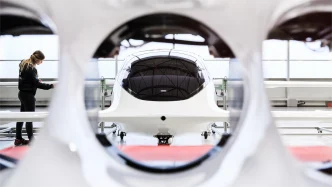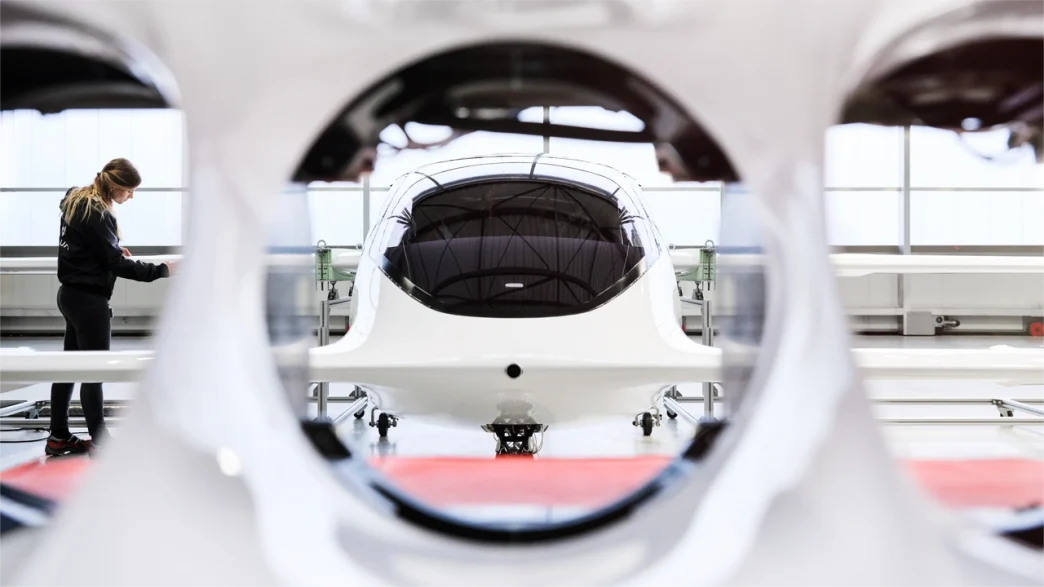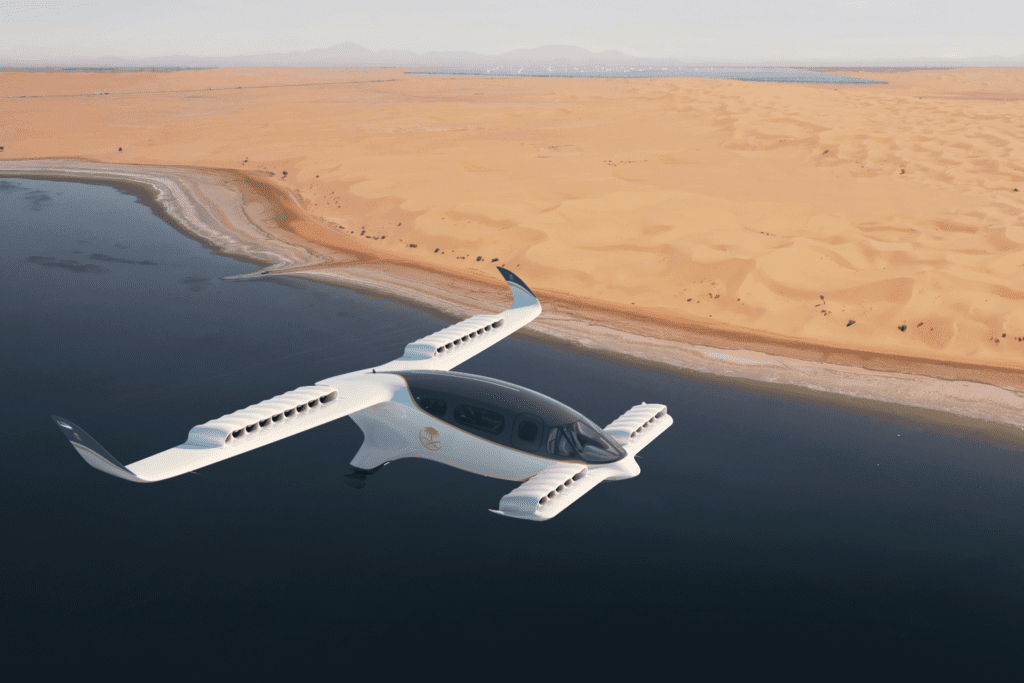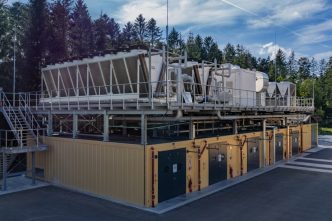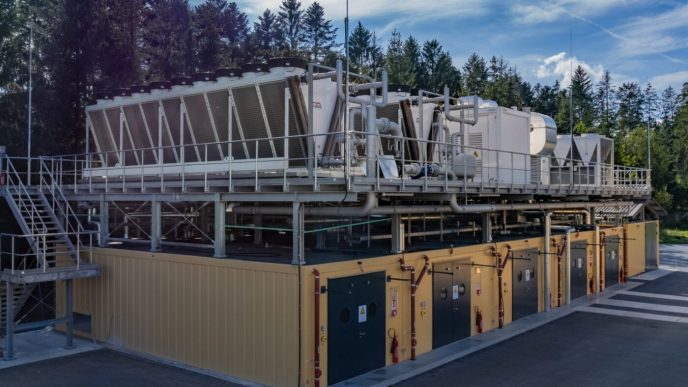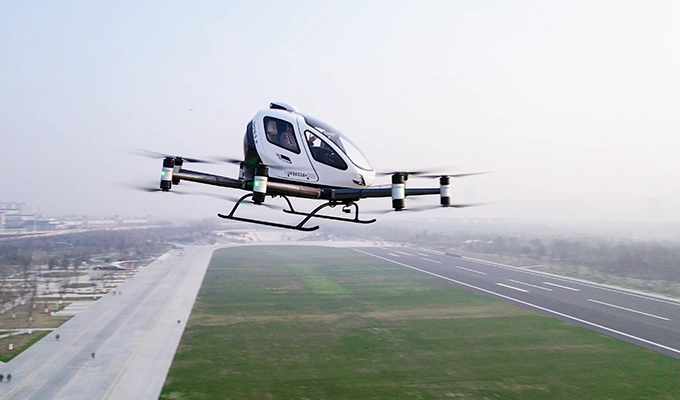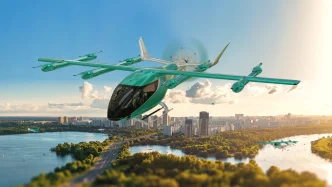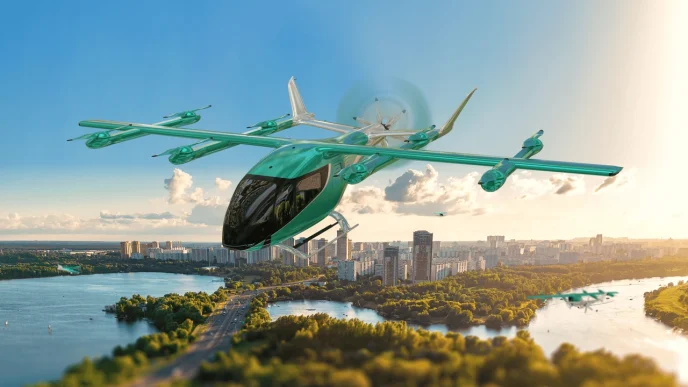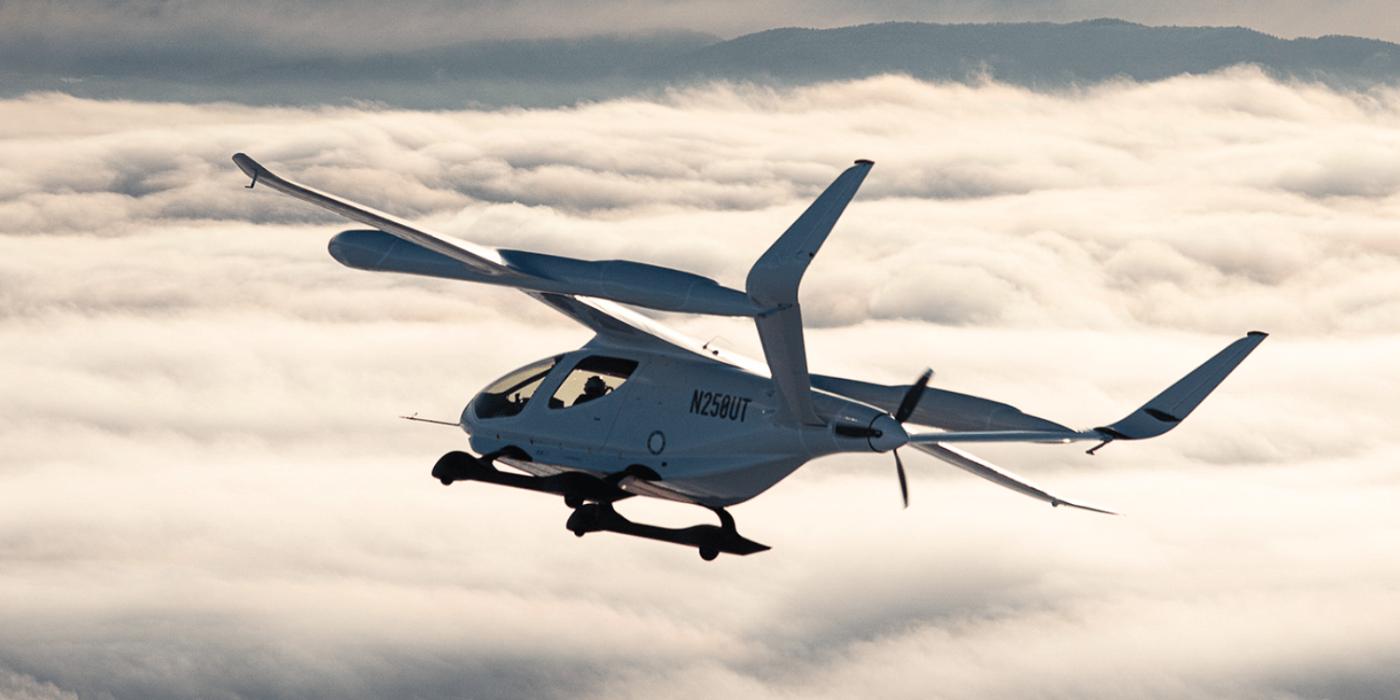The Federal Aviation Administration (FAA) has released its long-awaited final rules governing the operation of eVTOL (electric vertical takeoff and landing) air taxis. This Special Federal Aviation Regulation (SFAR) outlines essential operational requirements, including minimum safe altitudes and visibility standards, marking a critical step toward enabling commercial air taxi services in the United States.
“The FAA will continue to prioritize the safety of our system as we work to seamlessly integrate innovative technology and operations,” stated Mike Whitaker, FAA Administrator. “This final rule provides the necessary framework to allow powered lift aircraft to safely operate in our airspace.”
The new regulations are particularly pertinent for eVTOL vehicles, as they differ significantly in their takeoff and landing requirements compared to traditional commercial aircraft, notably not requiring a conventional runway. “Powered lift aircraft are the first new category of aircraft in nearly 80 years, and this historic rule will pave the way for accommodating wide-scale Advanced Air Mobility (AAM) operations in the future,” the FAA announced.
Set to be effective for a period of 10 years, the rules integrate helicopter operating requirements into various flight operations and adopt a performance-based approach for some operating rules. Notably, one provision permits pilots to train on powered lift aircraft using single flight controls and increased simulator usage, a shift from previous mandates that required two flight controls, one for the instructor.
“We’ve completed the framework for enabling these near-term flights, but our work has just begun,” Whitaker emphasized in a blog post. “As more and more are produced, the pace and complexity of operations is certain to increase — perhaps very rapidly. Operators will need to figure out what makes financial sense; the market will determine where they’ll fly and what kind of operations they’ll conduct. Just like the first automobiles and cell phones, it could take time for these aircraft to become commonplace. But as more and more are produced, I think we’ll see them everywhere.”
Whitaker envisions that when eVTOL aircraft begin to operate, they will initially utilize existing routes and infrastructure similar to helicopters, including helipads and early vertiports, with pilots coordinating with air traffic controllers as necessary.
The FAA has previously projected that by 2028, aerial vehicles, including air taxis, will be capable of transporting passengers and cargo to and from various destinations. The agency defines Advanced Air Mobility (AAM) as “an emerging aviation ecosystem that leverages new aircraft and an array of innovative technologies,” specifically focusing on operations involving passenger transport or cargo with a pilot on board.

